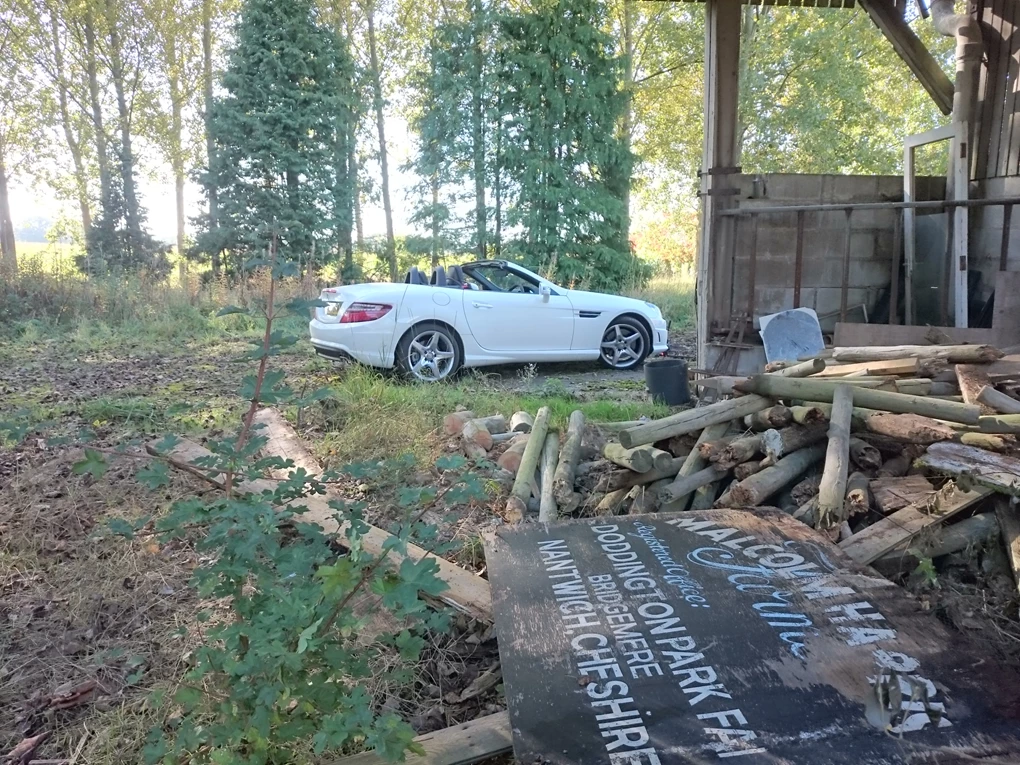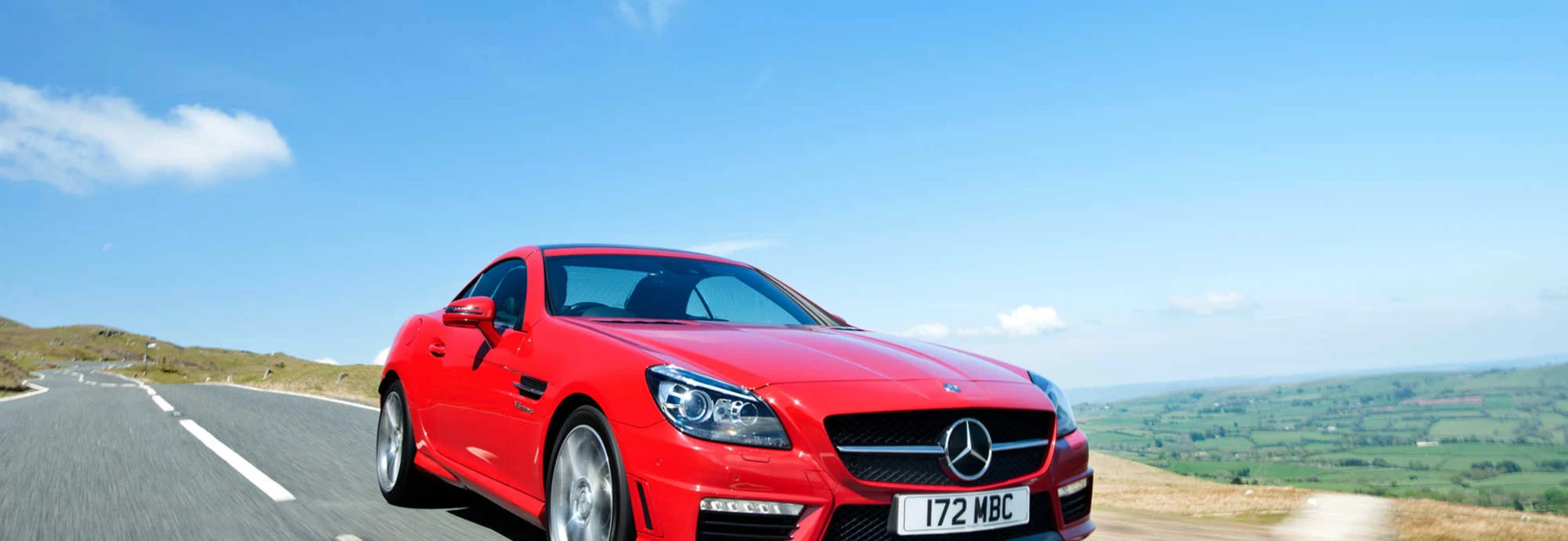The Mercedes SLK is now in its third generation and has carved itself a niche as a comfortable and luxurious two-seater convertible with a folding hard-top roof.
It might not be as thrilling to drive as a Porsche Boxster, but it can still cover the ground at an impressive pace and majors on comfort and refinement instead of outright driving fun.
Unlike the Boxster and BMW Z4 the SLK range also includes a diesel engine for economical long-distance cruising.
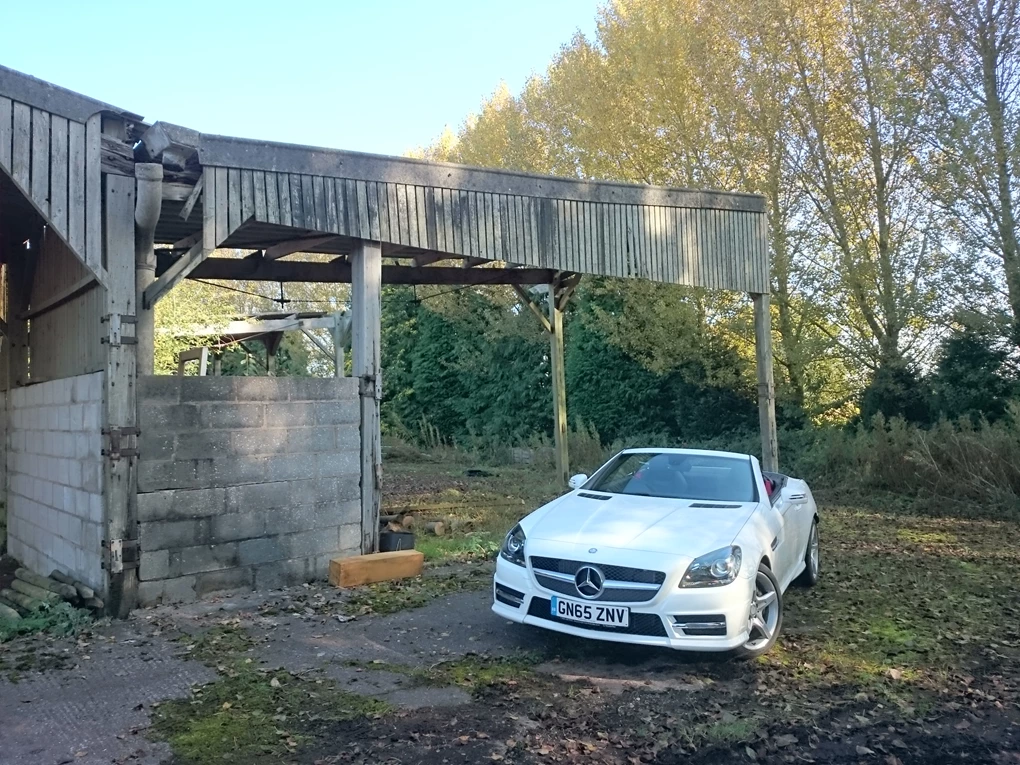
Performance
The diesel SLK 250d is no slouch, with 201bhp propelling it from 0-62mph in 6.6 seconds, with power sent to the rear wheels via a nine-speed automatic gearbox.
With impressive pulling power, the SLK 250d really comes into its own on A-roads and dual carriageways, making overtaking almost effortless.
The entry-level SLK 200 has a 2.0-litre turbocharged petrol with 181bhp and reaches 62mph in 6.9 seconds. The SLK 300 is fitted with the same engine, but tuned to deliver a healthier 242bhp, cutting the 0-62mph sprint to 5.8 seconds with a nine-speed automatic gearbox coming as standard. The SLK 350, with a 3.5-litre V6 and 302bhp has now been discontinued.
For more serious sports car performance, there’s the hugely powerful 415bhp 5.5-litre V8 found under the bonnet of the SLK 55AMG. This engine gets the SLK to 62mph in only 4.6 seconds.
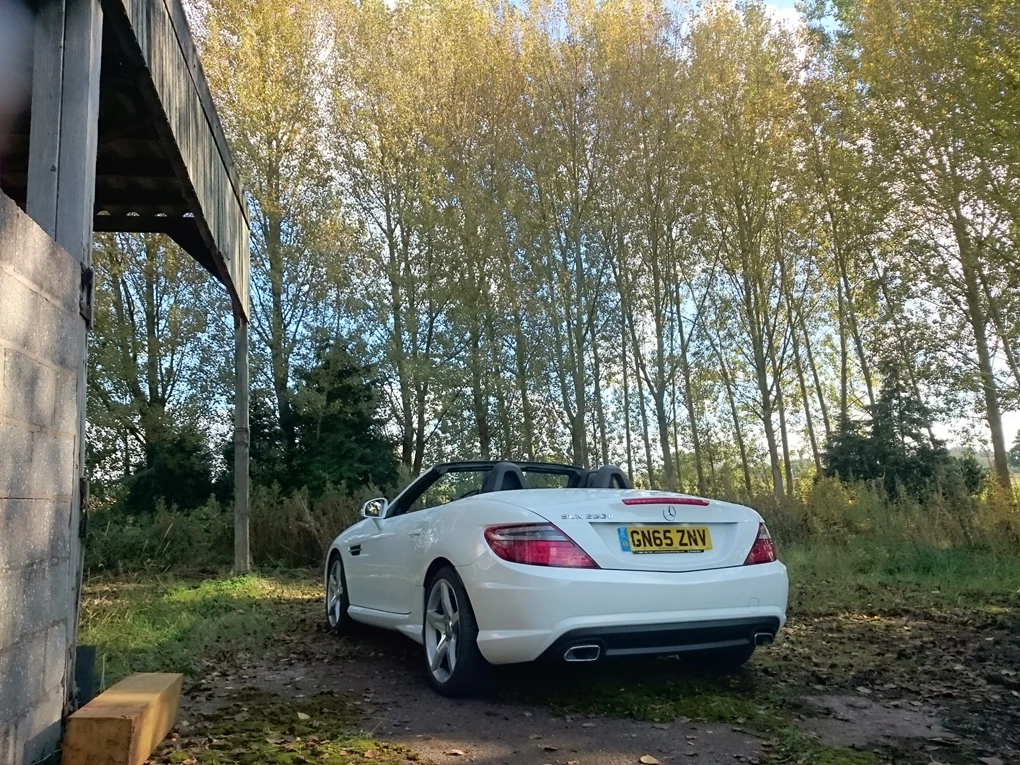
Ride and Handling
While the Boxster with its mid-engine layout feels incredibly agile and well-suited to track days, the SLK is far happier on the road.
Considering the SLK and Boxster are close rivals, they could hardly feel more different. While the Boxster with its mid-engine layout feels incredibly agile and well-suited to track days, the SLK is far happier on the road than a racing circuit. The benefit of its impressive refinement and comfort comes in day-to-day driving, particularly when smaller alloy wheels are fitted. Mercedes’ SLK has plenty of grip, but its light steering lacks the feel and precision of the Porsche and its chassis feels like it wants to carve through corners without any fuss, rather than playfully start to oversteer. For many, simply looking for a way to get from A to B in style, this will suit them down to the ground, but driving enthusiasts may find the experience too sanitised. The SLK is a closer rival to the BMW Z4 and Audi TT Roadster, the main difference with the latter being its optional four-wheel drive. This quattro system makes the TT a contender if you often find yourself driving in poor weather conditions.
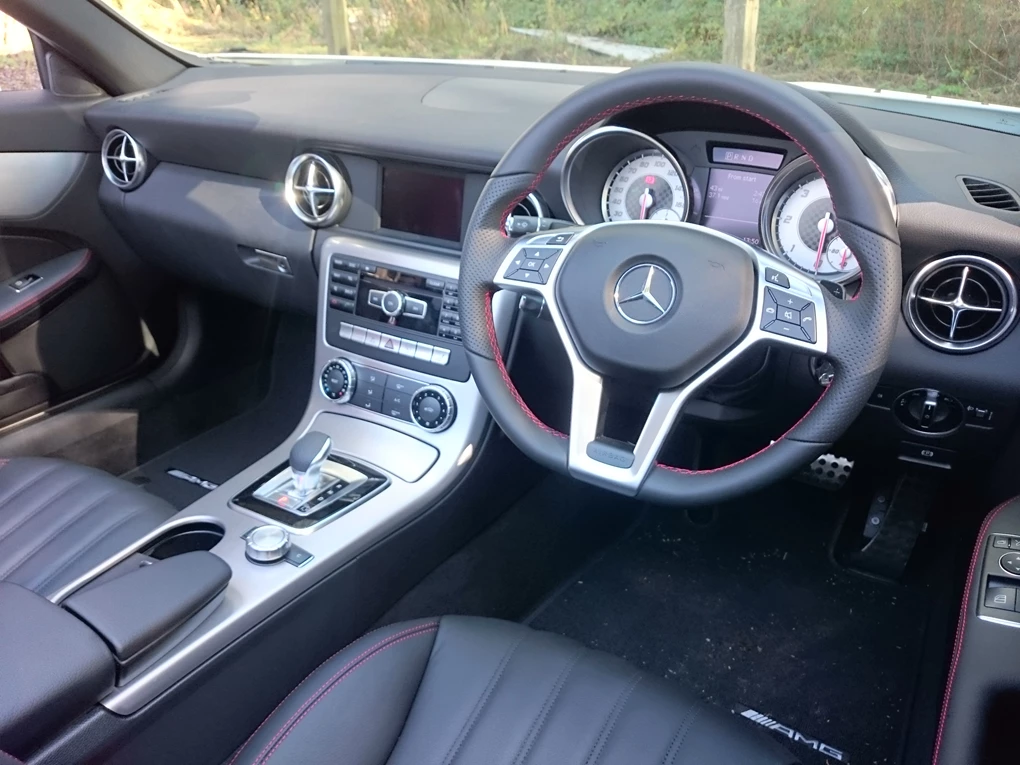
Interior and Equipment
The first version of the SLK was launched in 1996 to provide a smaller and more affordable alternative to the Mercedes SL. It was an instant hit, with more than 55,000 sold in the first year.
The SLK’s cabin is a real highlight, with lots of aluminium design touches inspired by the SLS supercar. For such a compact car there’s also plenty of seat adjustment, allowing most drivers to get comfortable. But, a low seating position limits visibility and its large centre console can make the interior feel a bit claustrophobic, at least until you fold the roof down. Doing so has an effect on the boot, reducing its size to 225-litres and making the loading aperture quite small. Leave it up, however, and the large boot lid gives access to a wide luggage area 335 litres in size. The Audi TT Roadster has 280 litres, while the Boxster also has a total of 280 litres, but split between its separate front and rear boots. Trim levels are called SLK and SLK AMG Sport, with 17-inch alloy wheels standard along with air-con, Bluetooth, DAB radio and a 5.8-inch display. AMG Sport adds 18-inch wheels, suspension lowered by 10mm, an AMG body kit, sports dials and even a sportier exhaust note for the SLK 200 and 300. It’s reasonably well-equipped, but there are many tempting options, including cup holders which should really be standard. Airscarf is a favourite, blowing warm air onto the back of your neck for those winter blasts with the roof down.
Cost
Running costs needn’t be too high, with the diesel returning a mightily impressive 70.6mpg and emitting 114g/km of CO2, costing £30 in annual road tax.
The SLK is a luxury model with prices to match, starting from £33,020 for the SLK 250d and reaching £55k if you want the SLK 55 AMG. This makes it more expensive than the Z4 and TT Roadster, but its extra price is partly justified by its standard folding metal roof, where rivals have a fabric soft-top. Running costs needn’t be too high, with the diesel returning a mightily impressive 70.6mpg and emitting 114g/km of CO2, costing £30 in annual road tax. The SLK 200 and 300 manage up to 49.6mpg, while the AMG 55 is predictably thirsty, averaging 33.6mpg. It also has emissions of 195g/km of CO2, placing it in a high tax band.
Our Verdict
If you want a well-built two-seater convertible and value comfort, refinement and economy the Mercedes SLK is hard to beat It won’t excite you in quite the way a Boxster can, or persuade you to take it out on track, but the SLK has a different set of talents. During a typical British winter you’ll certainly appreciate the metal folding hard-top and Airscarf ventilation, should you decide to put it down. The SLK is also one of the few cars of its type to offer a potent diesel version, suiting those who use their sports cars to cover large distances, thanks to its extra range and lower running costs.
